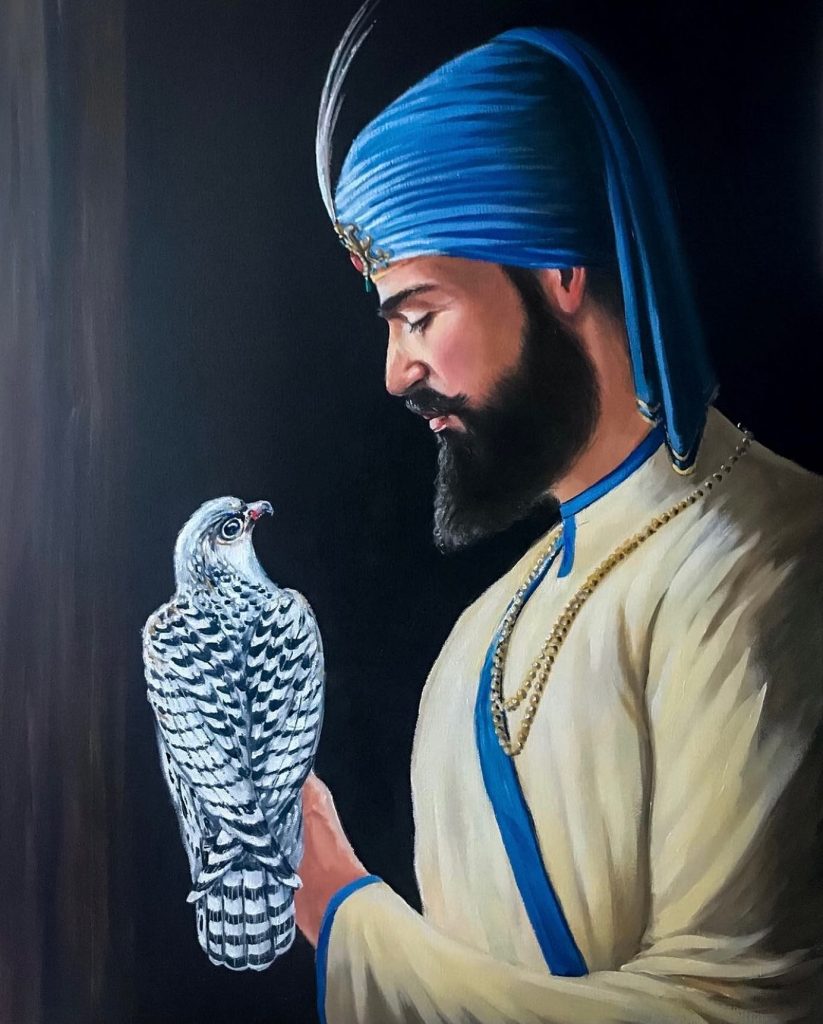Explore the legacy of NAND RAM, poet of Guru Gobind Singh, known for works on Kaliyuga and the Guru's life. Delve into historical verses in Gurmukhi.
Discover the life of Rani Prem Kaur, wife of Prince Sher Singh and mother of Partap Singh. Her legacy endures despite historical challenges.
Discover Ratan Kaur's journey from widowhood to motherhood, her royal ties, and her British-granted pension in the early 19th century.
Discover Rup Kaur's story, the daughter of Jai Singh of Kot Sayyid Mahmud, married to Maharaja Ranjit Singh in 1815, and her legacy post-the Maharaja's era.
Explore the legacy of Sahib Singh Isapuria, a prominent figure in Maharaja Ranjit Singh's campaigns. Discover his remarkable journey and historical impact.
CHITTA BAZ, lit. white hawk, is traditionally the name given to one of Guru Gobind Singh`s favourite falcons...
Discover the legacy of Ganga Ram, a brave son of Bhai Sadhu and Bibi Viro, who fought valiantly in the 1688 Battle of Bhangani alongside Guru Gobind Singh.



